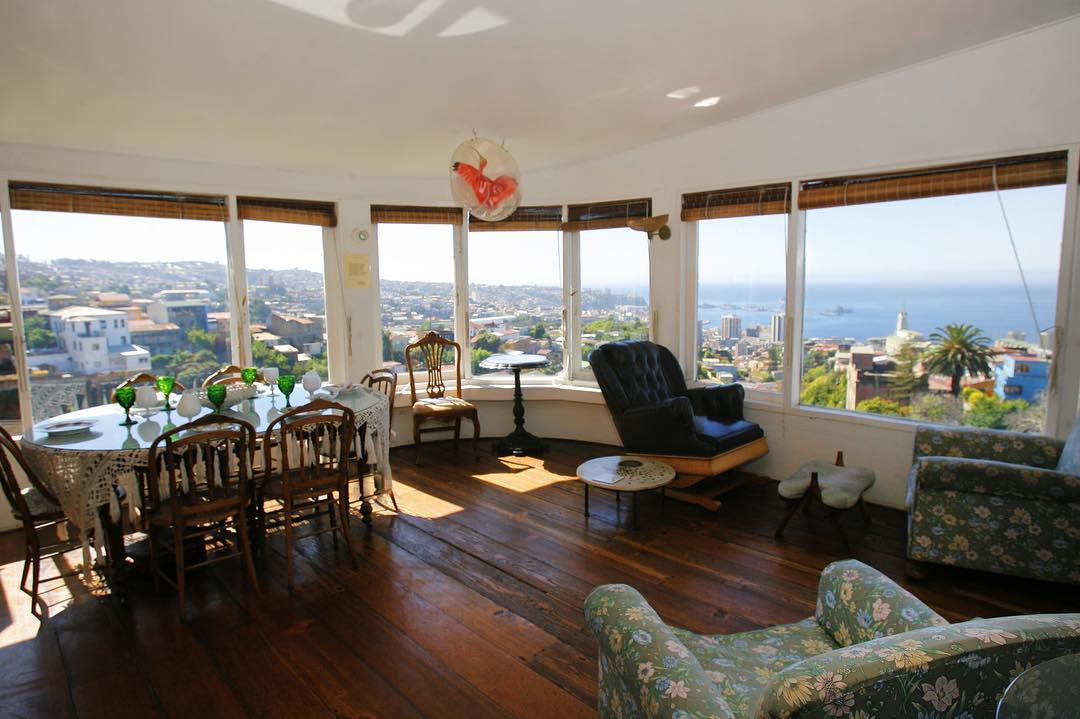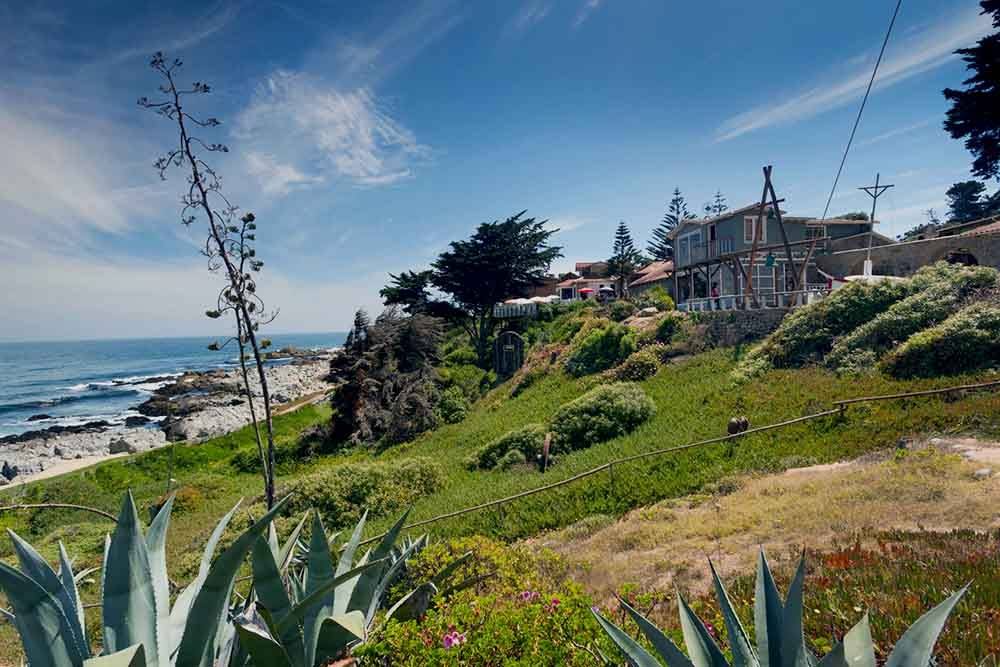POETRY FROM THE NORTH TO THE SOUTH OF CHILE
By: Chile Travel - 28 August, 2021

Did you know that Chile has been the birthplace of renowned Nobel Prize winners for Literature? Our long and narrow country has been the cradle of talented and sensitive spirits who became world-class writers and who gave new life to words with extraordinary artistry. Poetry in particular has found fertile ground in Chile, where writers have left their mark until today.
We invite you on a poetic journey to understand how the Chilean landscapes helped to awaken the talent and inspiration in these poets, and also how their work influenced and left a mark on the places where they lived. Get your suitcase ready and travel around Chile!
GABRIELA AMONG 30 HILLS
Our first stop is in Vicuña, in the Elqui Valley located in the Coquimbo region, in northern Chile. This small town was the first home where the poetess and Nobel Prize winner, Gabriela Mistral, lived. She liked to say that she was born among thirty hills, because in fact this valley is surrounded by an extensive mountain range.
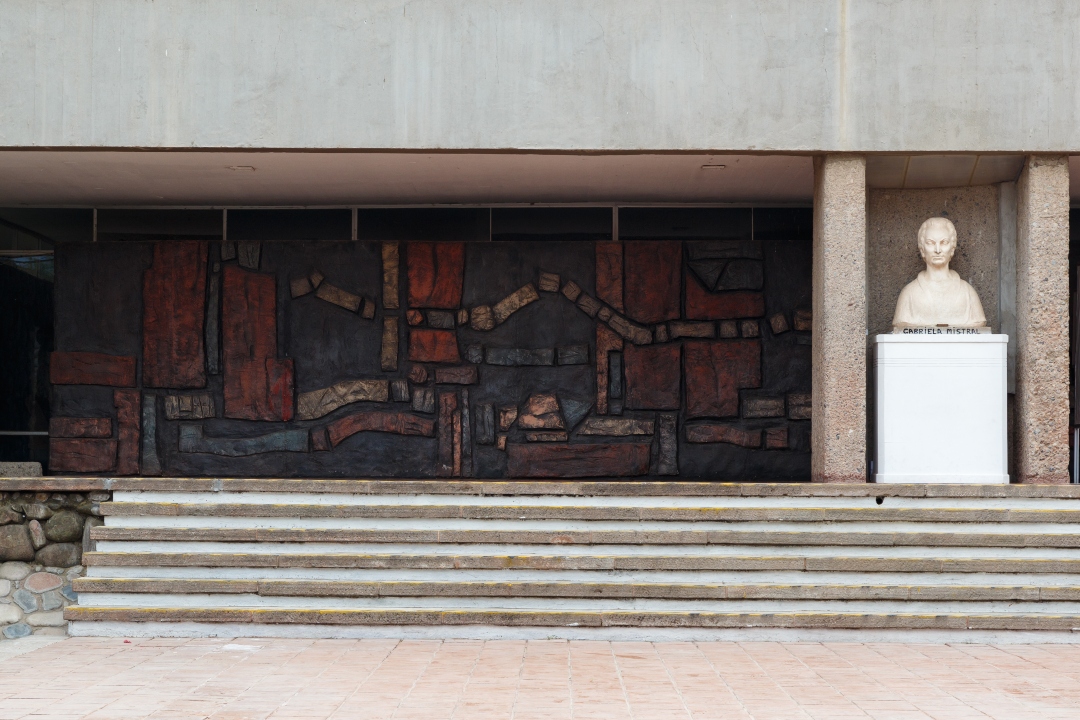
Photo: Chiletravel archive
That’s right, the place where Gabriela Mistral took her first steps towards an intense, avant-garde and even somewhat controversial life was in Vicuña. She was a diplomat and educator, but undoubtedly her greatest award was the Nobel Prize for Literature in 1945, leaving an everlasting mark on the valley where she was born.
If you follow Gabriela’s footsteps to her home in Vicuña, you will find a museum that has permanent and temporary exhibitions, as well as an important photographic and documentary collection with more than 4 thousand historical pieces that allow visitors to understand the work of one of the greatest poets in Chilean and Latin American literature.
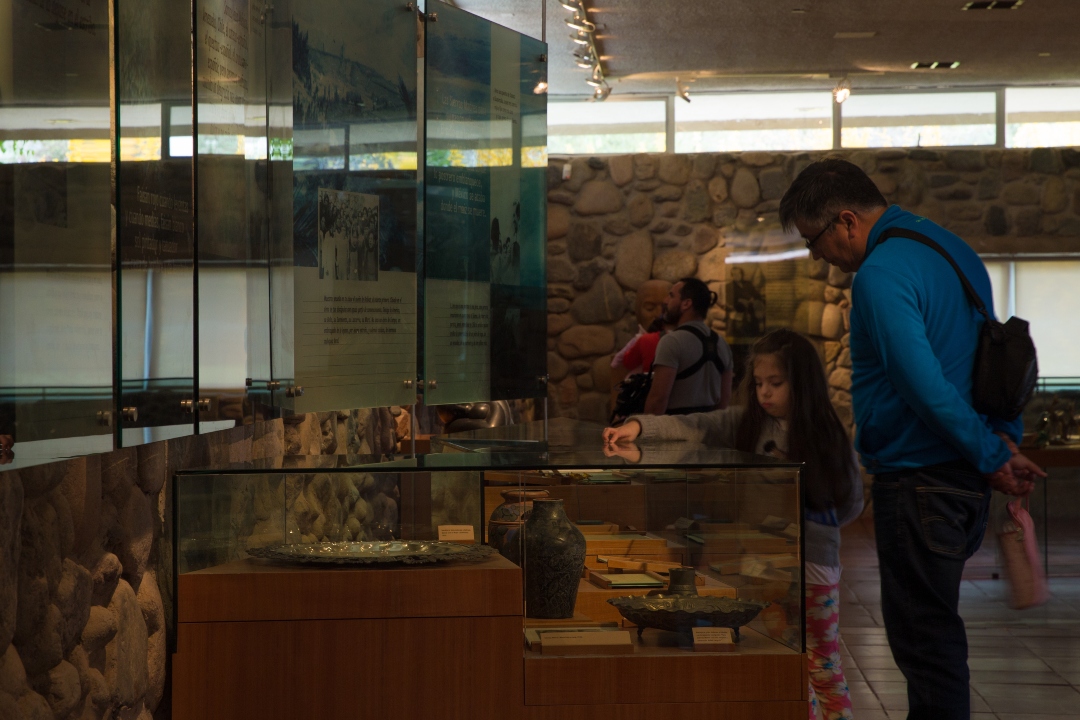
NERUDA’S HOUSES AND COLLECTIONS
From the warmth of the north, we now head to central Chile, to Santiago, to visit the first of the three houses that our genius poet and Nobel Prize laureate Pablo Neruda had. He considered them his refuges to create, to love and to host long evenings of conversations and good eating with his friends.
In the heart of the Bellavista neighborhood is the house Neruda named La Chascona (“girl with messy hair”), a nickname that he used in honor of his beloved Matilde Urrutia. It is located at the foot of the San Cristobal Hill, set in a beautiful natural environment among trees, which at times make you forget that you’re in the middle of Chile’s capital city.
The Pablo Neruda Foundation currently operates at this house that is an architectural extravaganza in itself and contains a large collection of the poet’s writings. Neruda’s desire to participate in and supervise the construction of this house was such that he personally had cypress trees cut and sent from southern Chile to design some unique elements that remain there to this day.
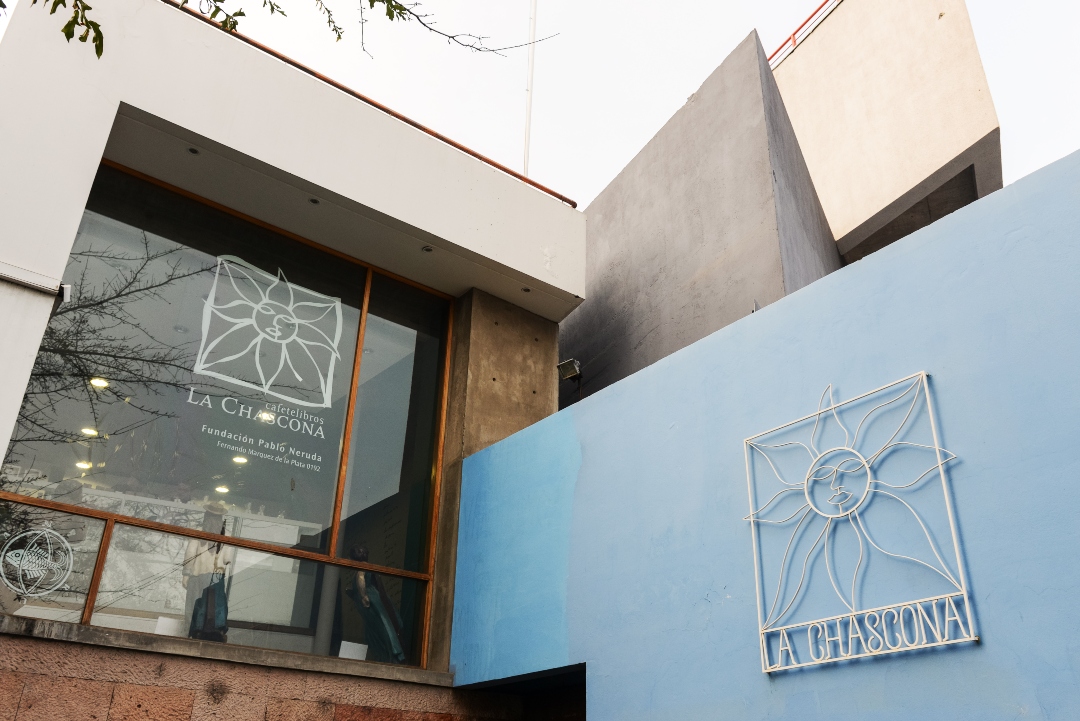
THE POETS’ COASTLINE
If you continue along the coast of central Chile you will be able to find several inspiring places for those who love art and poetry. The peaceful and beautiful scenery is what motivated great poets to live in this area, and thereby turning it into an important cultural route to visit for its outstanding artistic activity.
Cartagena, El Quisco, El Tabo, Isla Negra and Las Cruces are some of the little towns along the coast of central Chile that are visited by thousands of tourists seeking to enjoy their lovely beaches, especially during the summer. But for most of the year, these towns stand out for their peace and quiet, making them a perfect hideaway to foster their artistic creations.
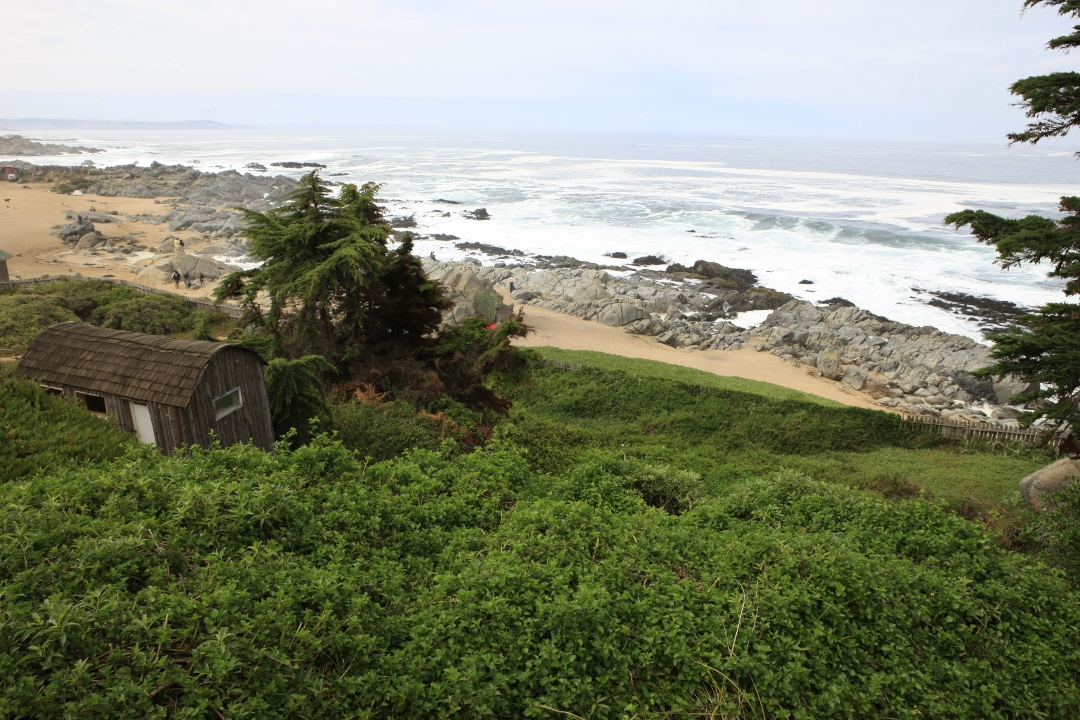
Neruda’s refuge on the coast
Did you like La Chascona? Get ready because there’s more to discover about Neruda. Our route now continues along the coast of central Chile, specifically to the city of Valparaiso, where the poet has a second house, which will surely leave you even more fascinated than the previous one.
This house was named “La Sebastiana” in memory of Sebastián Collado, its first owner and who initiated the construction of the house, to which the poet gave it his own personal stamp, filling the house with the items he loved to collect. You will be pleasantly surprised to see the incredible collection of objects that aroused Neruda’s passion for collecting, things like maps and spyglasses, skylights of ships and pieces of stained glass.
“Yo establecí la casa.
La hice primero de aire.
Luego subí en el aire la bandera
y la dejé colgada
del firmamento, de la estrella, de
la claridad y de la oscuridad…”
(Plenos Poderes, 1962)
“I built the house.
I first made it of air.
Then I raised the flag in the air
and left it hanging
from the sky, from the star,
from the light and the darkness…”
(Fully Empowered, 1962)
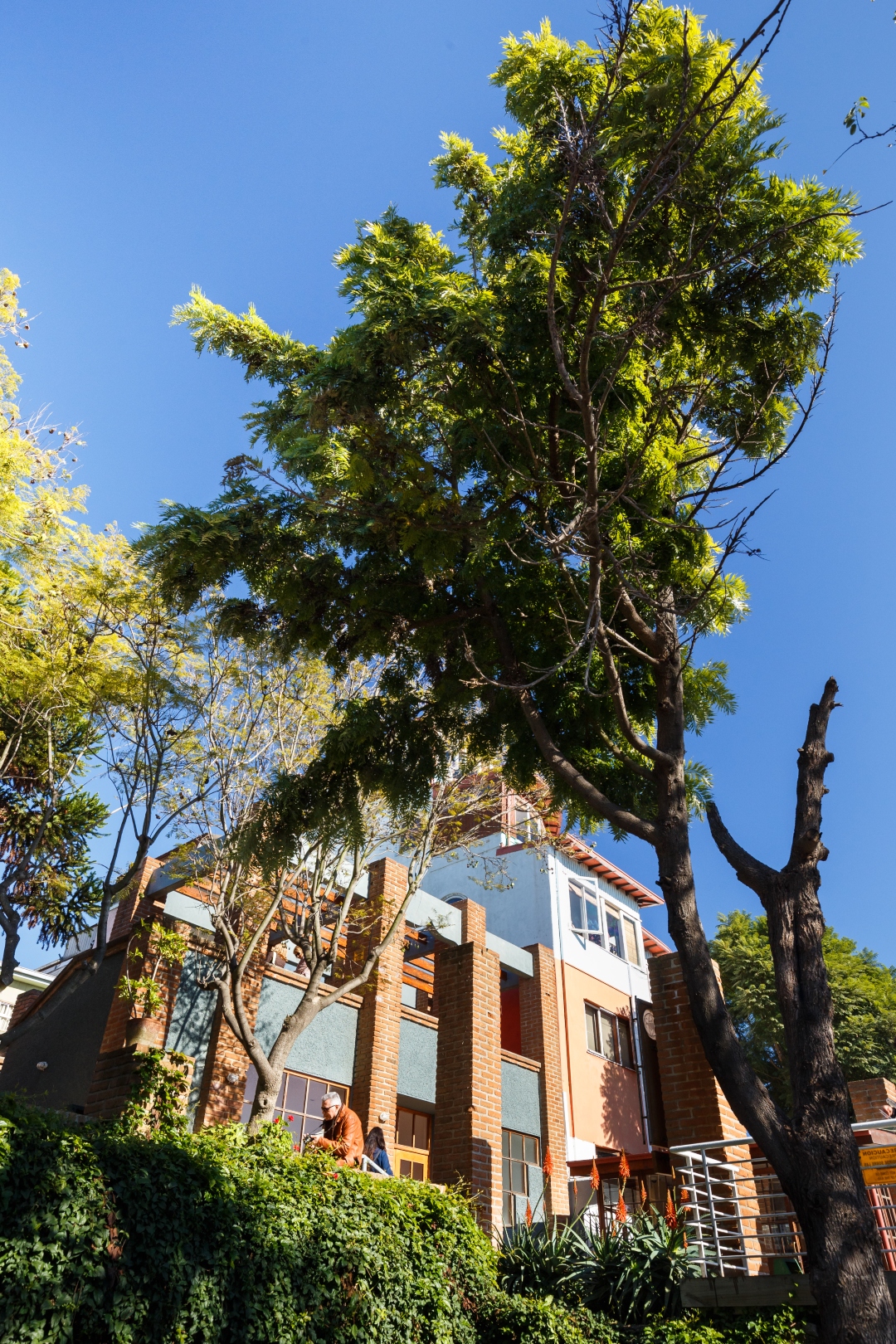
And if you continue along the coast of central Chile, heading south, you will finally find Neruda’s third house, in the small beach town of Isla Negra (Black Island). The town, that it is not actually an island, received this name because the poet baptized his house after a group of large dark rocks that he saw looking out of a window in his study.
With a breathtaking and unobstructed view of the sea, and without any noise from the city, Neruda chose this home to live his later days. It contains Neruda’s most beloved collections, the most delicate and inspiring ones, such as some figureheads and his huge collection of bottles.
This large and cozy house also displays Neruda’s passion for personalizing his spaces, incredibly original and full of meaning. If you want to take a souvenir of your visit with you, there are dozens of craft shops around the house that honor the poet and remember his work.
Photo: Fundación Pablo Neruda (Facebook)
NICANOR AND VIOLETA PARRA’S BLACK CASTLE
“Ni socialista ni capitalista
Sino todo lo contrario:
Ecologista muerto de susto”.
Nicanor Parra
(Discursos de sobremesa, 2006)
“Neither socialist nor capitalist
Totally the opposite:
Ecologist, scared to death”.
Nicanor Parra
(After-Dinner Declarations, 2006)
Shall we continue? Let’s travel down the coast until we reach Las Cruces, another beach along the Litoral de los Poetas (Poet’s Coastline), located between Isla Negra and Cartagena. This is where the visionary anti-poet, Nicanor Parra, moved like a fish in the water, or rather like a seagull on the beach.
Nicanor, as well as his sister Violeta, are considered creative geniuses. While she is recognized as an artist, artisan and folklorist, Nicanor excelled as an anti-poet who won the Cervantes Prize and was chosen as a candidate for the Nobel Prize in Literature on several occasions.
His first house in Las Cruces was known by neighbors as “La Pajarera” (the Birdhouse) and was later baptized by Parra as “El Castillo Negro” (The Black Castle). Unfortunately, the poet didn’t live in it because shortly after buying it, a mysterious fire quickly turned it into rubble. Years later, he acquired one of the neighboring houses, belonging to the Navarro family, where the anti-poet lived until before his death at the age of 103, and it is where he rests today.
Although “La Torre de Márfil” (Ivory Tower), the name he gave his new house in Las Cruces, is not a museum open to the public – one of his grandchildren currently lives there- the town is worth visiting and walking through the small streets that inspired part of Parra’s work.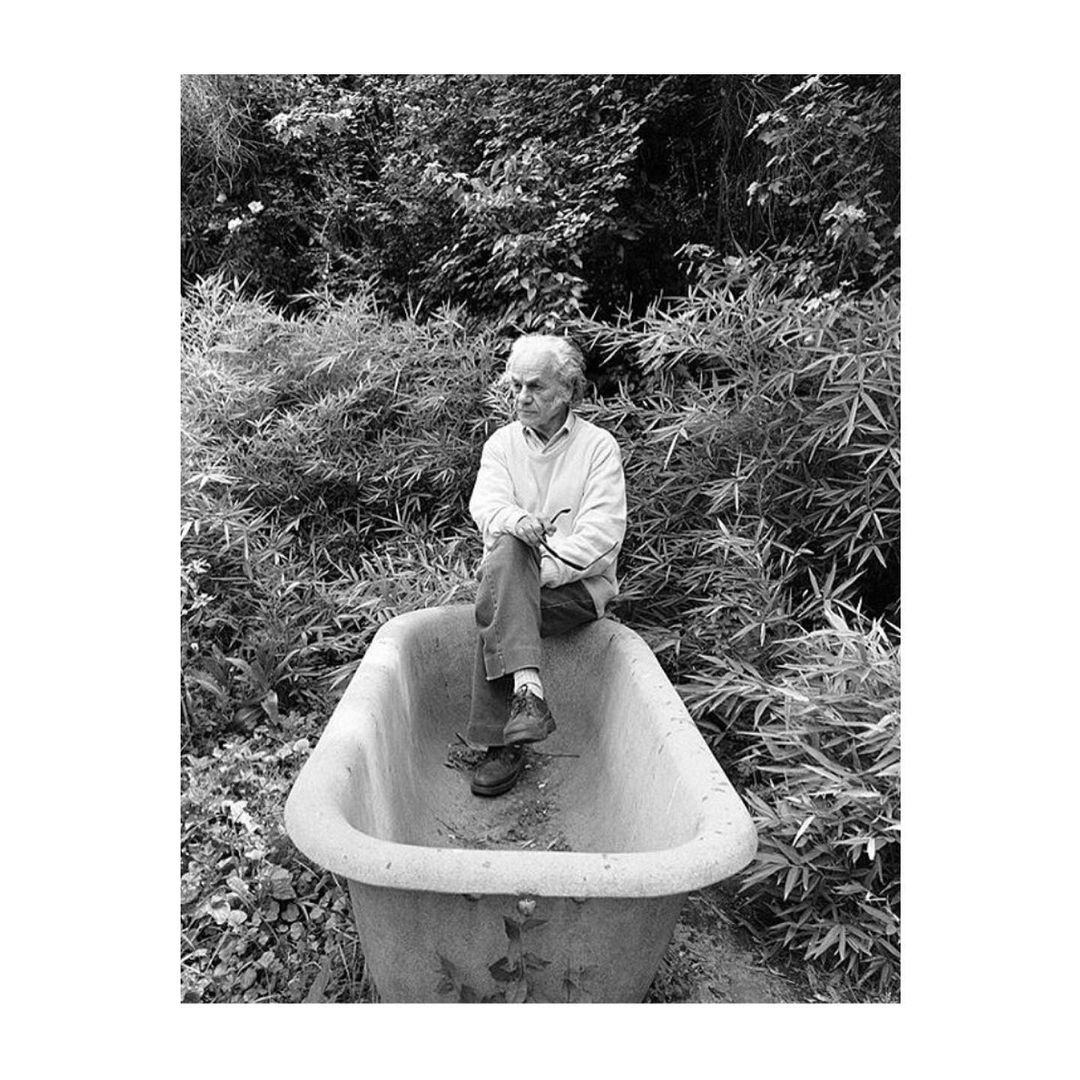 “…OPEN THE TOMB, AT THE BOTTOM OF THIS TOMB YOU CAN SEE THE SEA.”
“…OPEN THE TOMB, AT THE BOTTOM OF THIS TOMB YOU CAN SEE THE SEA.”
We are coming to the end of our Poets’ Route. From Las Cruces continue south along the coast until you reach Cartagena, where you will find the home of the creationist poet Vicente Huidobro. Although he is less well known than the previous poets, his work made an enormous contribution to Chilean and Latin American poetry.
This house, which is now a museum, was inherited from his mother, where he used to spend the summer and receive his friends, and later, like Neruda and Parra, it was the place he chose to live his final years.
Upon entering you will find a large collection that includes photographs, manuscripts of his early works, different objects, his desk and the bed of his dying day.
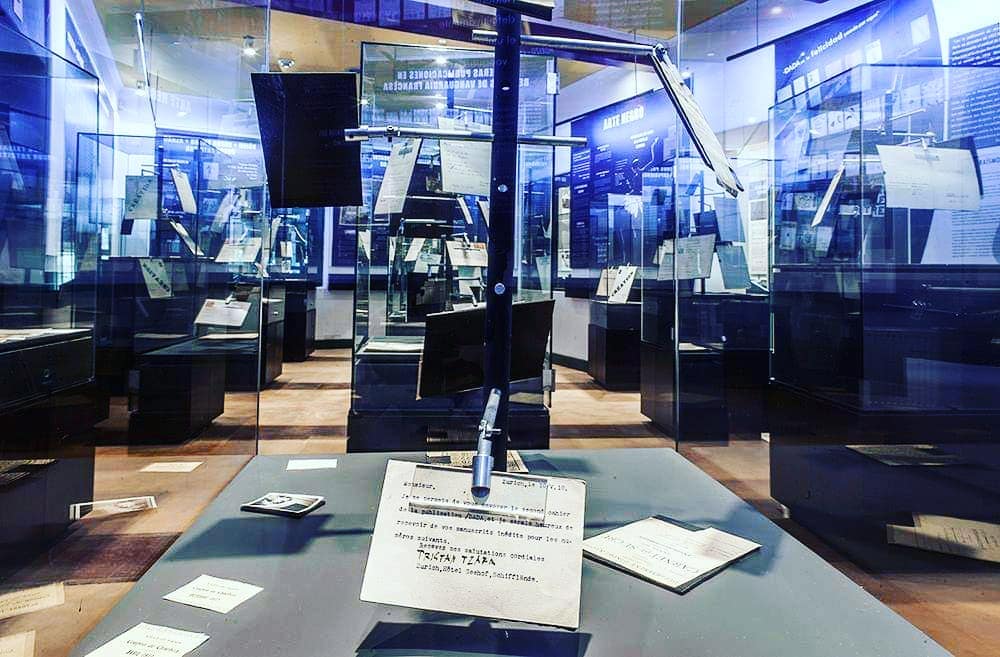
[@tiendamuseovicentehuidobro].
Thank you for joining us on this tour through the lives and creations of some of Chile’s most famous poets. Now all you need is to consider including the Route of the Poets on your next trip to Chile.
















